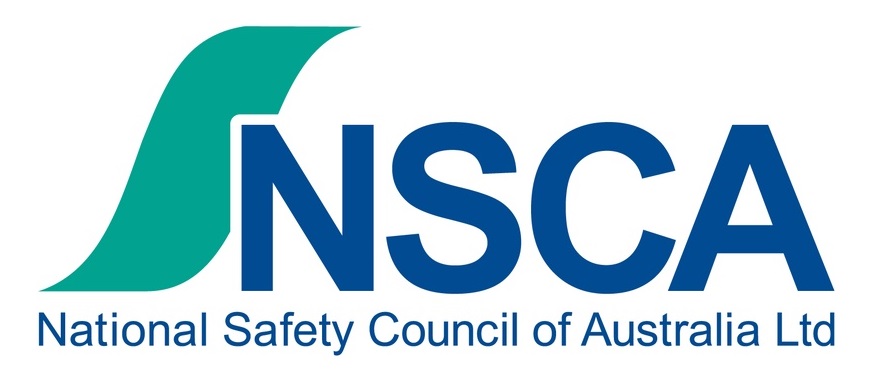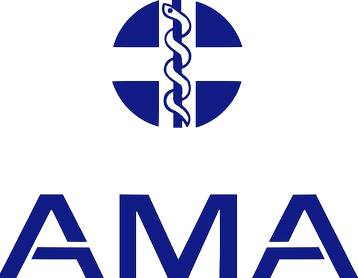Book in your Hazardous Substance Medicals today by contacting our medical reception nationally on 1300 880 804, simply CLICK HERE to get in touch with our team, or fill out the contact form at the bottom of this page, and we will assist you promptly.
It can also be used by workplaces undertaking:
• anodizing or hot-dip galvanising
• electroless plating
• metal finishing.
Galvanising and electroplating work uses hazardous chemicals according to Schedule 14.






Regulation 368: Health monitoring must be provided for workers where exposure to a hazardous chemical contained within Schedule 14 of the WHS Regulations presents a significant risk to the worker’s health.
Schedule 14 is a list of hazardous chemicals requiring health monitoring and their associated types of health monitoring. These chemicals include chromium, cadmium and arsenic which are commonly encountered during galvanising and electroplating.
Health monitoring must also be provided for workers using hazardous chemicals not listed in Schedule 14 where there is a significant risk to the workers’ health from exposure to the hazardous chemical and there are valid techniques to detect adverse health effects or a
valid biological monitoring procedure is available.
Some examples of common hazardous chemicals used in galvanising and electroplating that may pose a significant risk to workers’ health and types of health monitoring can be found in Table 3. For further information, see the guidance on health monitoring for exposure to hazardous chemicals.
Chromium* compounds
Ulceration of nose/skin
Skin sensitisation
Occupational asthma
Occupational cancer
Skin inspection
Respiratory testing
Blood tests
Nickel
Dermatitis
Occupational cancer
Occupational asthma
Skin inspection
Respiratory testing
Blood tests
Acids/Alkalis
Degreasers/Cleaners
Dermatitis
Burns and Ulceration
Eye/nose/throat irritation
Skin inspection
General health check
Trichloroethylene
Dermatitis
Eye/skin irritation
Occupational cancer
Skin inspection
General health check
Cyanide solutions/sludge
Poisoning
Dermatitis
Headaches/Nausea/Dizziness
Skin inspection
General health check
Cadmium* containing
powders/solutions
Poisoning
Respiratory effects
Anaemia/Liver dysfunction
Respiratory testing
Blood tests
Cadmium* oxide
Occupational cancer
Blood tests
Respiratory testing
Platinum salts
Occupational asthma
Respiratory testing
Oxides of nitrogen
Respiratory effects
Respiratory testing
Copper compounds
Dermatitis
Eye/skin irritation
Gastrointestinal effects
Skin inspection
General health check
Blood tests
Arsenic*
Haemolytic action on blood
Peripheral nervous system testing
Skin inspection
Urinary inorganic arsenic
* Schedule 14 hazardous chemicals
Health monitoring, also known as health surveillance, is a crucial practice aimed at ensuring the well-being of workers exposed to hazardous chemicals, metal fumes, silica, or asbestos in their workplace environment. This proactive approach involves the continuous monitoring of workers’ health status by experienced doctors to detect any changes or adverse effects resulting from occupational exposure.
Why is Health Monitoring Important?
Exposure to hazardous substances poses significant risks to workers’ health, including respiratory issues, cancer, and long-term health complications on body organs. Health monitoring allows early detection of any health effects associated with exposure, enabling timely intervention and the implementation of necessary control measures to mitigate risks.
Our Specialist Team is Here to Help
If you have concerns or questions about workplace exposure to hazardous substances, our Specialist Services Team at Employees Health is here to assist you. Our team of experts is available to discuss your concerns and provide guidance on health monitoring protocols tailored to your specific workplace environment.
Our experienced health monitoring doctors carefully assess several factors to determine the most suitable monitoring approach for your workers:
Don’t hesitate to reach out to our Specialist Services Team if you need assistance or guidance regarding workplace exposure. We’re committed to ensuring the health and safety of your workforce and are here to support you every step of the way.
Your workers’ health and well-being are our top priority.